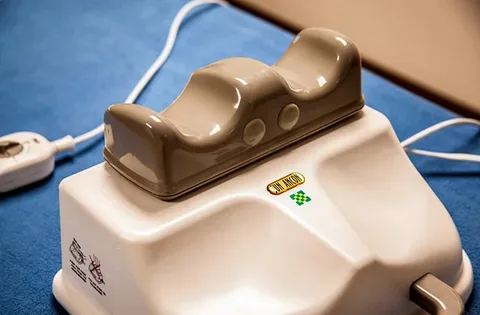Skin discoloration can be confusing, frustrating, and sometimes even distressing. Whether it shows up as dark spots, light patches, or uneven skin tone, it often leads people to try countless products in search of a solution. But to truly fix the issue, you first need to understand the puzzle of skin pigmentation — its causes, common myths, and effective treatment options.
Quick Facts About Skin Pigmentation
-
Melanin is the pigment responsible for your skin color.
-
Hyperpigmentation = dark patches; Hypopigmentation = light patches.
-
Sun exposure is the #1 trigger for pigmentation issues.
-
Hormones, genetics, acne, and injury can all cause discoloration.
-
Pigmentation can affect all skin types and tones.
-
Sunscreen is essential—even on cloudy days.
-
Some over-the-counter creams may contain harmful ingredients.
-
Professional treatments can significantly improve stubborn pigmentation
Understanding Skin Pigmentation
Skin pigmentation is caused by melanin, the natural pigment in our skin, hair, and eyes. Melanin is produced by special skin cells called melanocytes. When these cells become damaged or overly active, it can lead to hyperpigmentation (dark patches) or hypopigmentation (lighter patches).
Common Causes of Skin Discoloration
Here are some key reasons why your skin tone might change:
1. Sun Exposure
The sun is one of the most common triggers. UV rays stimulate melanocytes to produce more melanin, which can lead to sunspots, freckles, and overall uneven tone.
2. Hormonal Changes
Conditions like melasma are linked to hormones, especially in women during pregnancy or while taking birth control pills.
3. Skin Injuries or Inflammation
Scars from acne, burns, or cuts can cause post-inflammatory hyperpigmentation—dark marks left behind after the skin heals.
4. Medical Conditions
Disorders like vitiligo, eczema, and certain fungal infections can cause pigmentation loss or patches of discolored skin.
5. Genetics
Sometimes, pigmentation patterns are inherited and completely natural for certain ethnic groups or families.
Debunking Common Myths
Let’s break down some common myths about skin pigmentation:
Myth 1: Only people with dark skin get pigmentation.
Truth: Pigmentation can affect all skin tones. However, people with darker skin are more prone to visible discoloration due to higher melanin levels.
Myth 2: Tanning clears up pigmentation.
Truth: Tanning actually makes pigmentation worse. It increases melanin production, causing spots to darken over time.
Myth 3: Skin lightening creams are the best solution.
Truth: Many lightening creams contain harmful ingredients like mercury or excessive hydroquinone. These can damage the skin long-term if not used under professional guidance.
Myth 4: Pigmentation will go away on its own.
Truth: Some mild pigmentation may fade, but most types require consistent care or dermatological treatments.
Effective Fixes for Discolored Skin
If you’re dealing with pigmentation, the good news is there are multiple pigmentation treatment in riyadh paths available:
1. Topical Treatments
-
Vitamin C serums: Brighten and even out skin tone.
-
Retinoids: Promote cell turnover and reduce dark spots.
-
Niacinamide: Soothes inflammation and lightens pigmentation.
-
Azelaic Acid/Kojic Acid: Helps reduce melanin production naturally.
2. Clinical Procedures
-
Chemical Peels: Remove the top layer of skin to reveal a more even tone.
-
Laser Therapy: Targets pigment cells and breaks them down.
-
Microneedling: Boosts collagen and improves skin texture.
3. Daily Prevention
-
Always wear sunscreen with SPF 30 or higher.
-
Avoid picking at acne or scabs to prevent dark spots.
-
Stick to a gentle, consistent skincare routine.
When to See a Dermatologist
If your pigmentation is spreading, changing shape, or resisting over-the-counter treatments, it’s time to consult a dermatologist. They can diagnose the underlying issue and offer customized solutions.
Recovery & Care Tips
-
Use SPF 30 or higher daily to prevent further damage.
-
Stick to a consistent skincare routine with brightening ingredients like vitamin C and niacinamide.
-
Avoid scrubbing or picking at the skin, which can worsen discoloration.
-
Hydrate and moisturize regularly to support skin healing.
-
Consult a dermatologist for laser, chemical peels, or prescription treatments if needed.
-
Be patient—pigmentation can take several weeks or months to improve.
Conclusion: Solve the Puzzle with Patience and Knowledge
Discolored skin can feel like a mystery, but understanding the causes and avoiding common myths is key to solving the puzzle. With the right care, patience, and professional help when needed, clear and radiant skin is absolutely achievable.













































